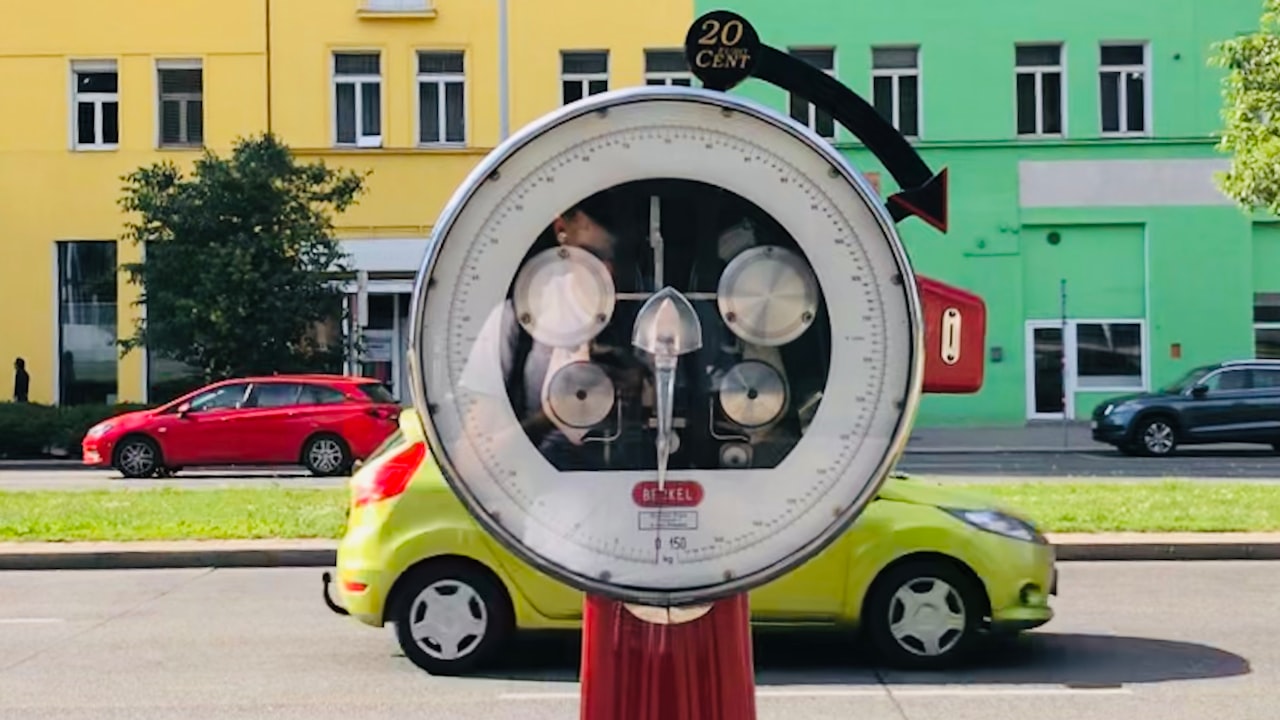Is it true that gasoline pumps generate fuel pressure? Have you ever heard of the bmw n54 hpfp (high-pressure fuel pump? Or maybe you have heard of fuel injectors? Before you answer that, give it some thought.
It's a frequent fallacy in the industry that the gasoline pump generates fuel system pressure, but that's just part of the big picture.
The Flow Rate
The required fuel pressure varies based on the engine and fuel system of your car. Carbureted motors may need as low as 28 kPa (4 PSI), but newer multipoint high-performance motors may need as much as 414 kPa (60 PSI). Raising performance means increasing the volume of air and propellant delivered to the motor. Increasing fuel flow with an additional pressurization controller, for example, isn't always the answer.
Choosing the best fuel pump to generate adequate higher gasoline system pressure for improved car performance will be determined by several criteria, including:
- Sizes of gasoline injectors, fuel rails, and fuel systems
- Assisted induction (turbocharging/supercharging) vs. naturally-aspirated
- Types of fuel
- The voltage sent to the fuel tank
The most crucial thing to remember would be that the fuel tank does not necessarily generate pressure, but rather the fuel flow inside the system. The flow rate is the quantity of gasoline provided by the fuel pump. The remainder of the fuel injection system, which offers flow restrictions, contributes to the measured fuel system pressure.
Flow Rate Variation
The majority of contemporary OEM fuel system software is built to support varying flow rates while maintaining the required fuel system pressure. This is accomplished through the use of pulse-width modulation (PWM). PWM is a highly quick on/off the electrical current that is regulated by alternating between the power supply and the load. The duty cycle refers to the amount of "on" time delivered to the pump.
The greater the fuel pump flow rate, the greater the PWM duty cycle given by the pump. Conversely, when the PWM duty cycle decreases, so does the fuel pump flow frequency. As a result, contemporary electric fuel pumps allow the fuel system to adjust the engine fuel pressure to maintain a steady fuel delivery.
Limitations of the Fuel System
Fuel system limits aren't always a negative thing. The restriction is what generates quantifiable fuel system pressure, but only the correct kind of restriction is required. It can be affected by factors such as line curves and width, filter performance, and injector capacity. Mismatches between the remaining fuel system components and the fuel pump can either raise or reduce fuel system pressure. This results in a drop in overall performance.
Installing a higher flow gasoline pump may also need the installation of bigger capacity fuel lines, a large flow fuel injection system, or a high output fuel rail. Fuel pressure reported at the pump can vary from that assessed at first. It will depend on how well the fuel system was built.
Greater fuel pressure may improve optimum fuel injector utilization by supplying additional fuel into the combustor. However, the size of the injector and class limits may still limit flow.


